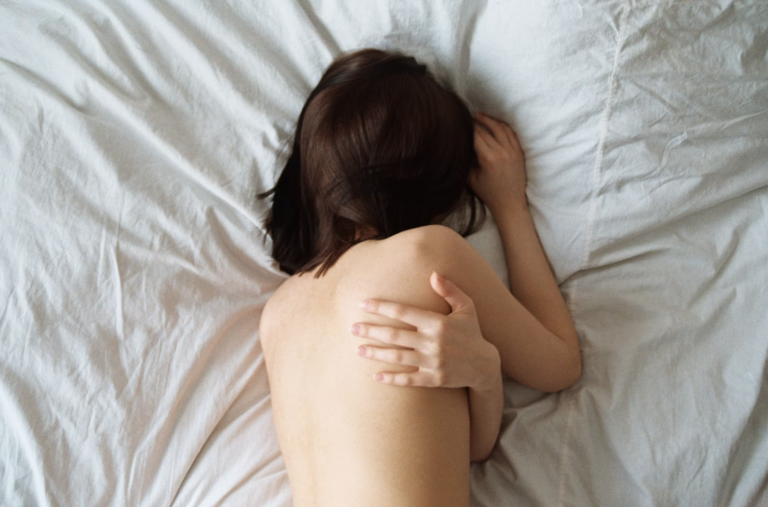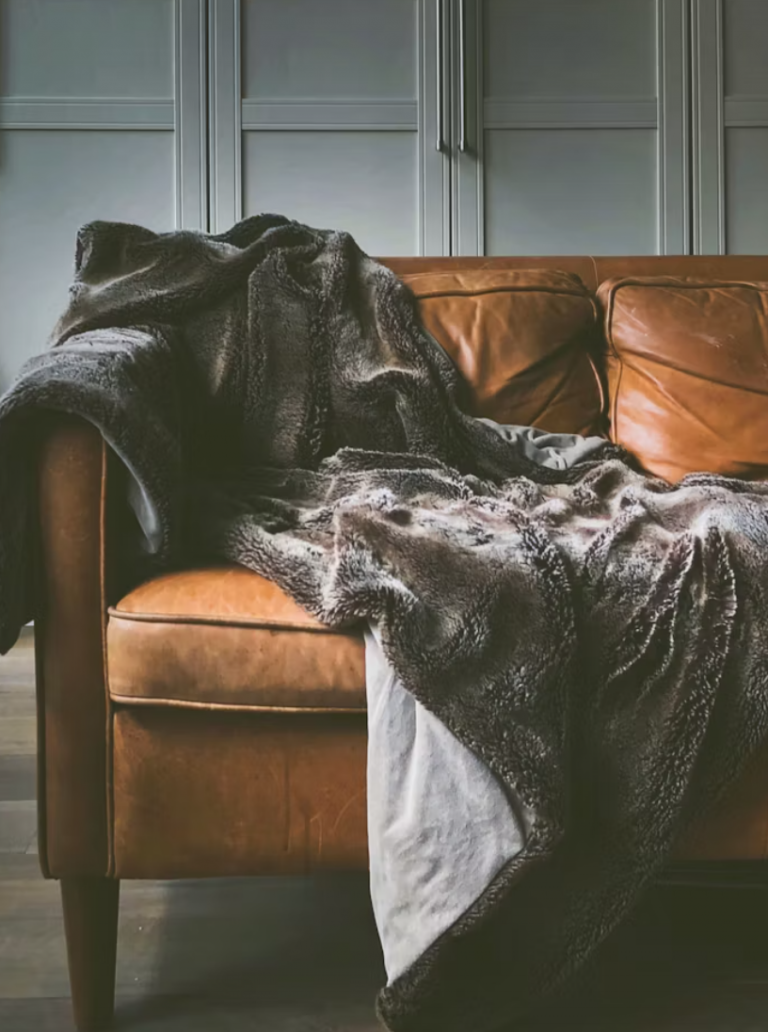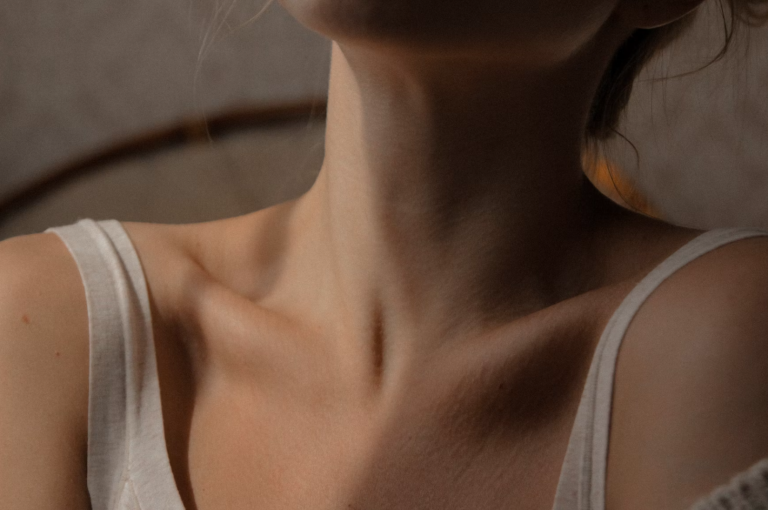Understanding the Minimalist Aesthetic
Minimalism isn’t just a buzzword—it’s a lifestyle choice. When it comes to interior design, minimalist decor is about clarity, simplicity, and intentionality. But minimal doesn’t mean boring. In fact, the most stylish spaces often say more with less.

What Defines Minimalism in Decor?
Minimalist decor focuses on clean lines, muted colors, and uncluttered spaces. Each item in a room serves a purpose—whether that’s function, form, or both. This design style draws inspiration from Japanese Zen philosophy and modernist traditions, emphasizing harmony and spatial awareness.
Benefits of Minimalist Styling
Why go minimal? The benefits are both visual and psychological. You’ll enjoy a calm, stress-free environment with less clutter and more room to breathe. It’s also easier to maintain and often results in more thoughtful purchases, which can be budget-friendly in the long run.
Key Principles of Minimalist Interior Design
Less Is More
At the heart of minimalist design is the idea that you don’t need more—just better. A single high-quality vase can outshine a shelf of mismatched knick-knacks. Aim for intentionality in everything you place in a room.
Function Over Form
Choose items that serve a dual purpose. A sleek bench with hidden storage. A coffee table that doubles as a magazine holder. These clever choices reduce clutter and boost utility.
Neutral Color Palettes
Think white, beige, gray, and soft earth tones. These hues create visual restfulness and enhance natural light. If you want contrast, try black accents or subtle hints of muted green or navy.
Essential Minimalist Decor Items
Statement Lighting Fixtures
Lighting is one of the few places in minimalist design where you can go bold. A sculptural pendant lamp or a sleek arc floor lamp adds sophistication without overpowering the space.
Clean-Lined Furniture
Minimalist furniture avoids frills. Look for low-profile couches, straight-edged coffee tables, and floating shelves. Materials like wood, metal, and leather keep things grounded and timeless.
Neutral Textiles and Rugs
Soft linens, cotton throws, and jute rugs add tactile depth to an otherwise sparse room. Think texture—not pattern. Layering materials in similar hues adds warmth without chaos.
Indoor Plants with Sculptural Forms
Snake plants, fiddle leaf figs, and ZZ plants aren’t just trendy—they’re architectural. These green additions offer contrast and life, acting as natural focal points in a minimalist room.
Minimal Wall Art
Opt for one or two impactful pieces instead of gallery walls. Black-and-white photography, abstract line drawings, or framed quotes with generous white space fit the minimalist mold.
How to Style a Minimalist Living Room
Choosing the Right Sofa
Your sofa sets the tone. Go for structured silhouettes in solid, neutral shades. Add just one or two cushions in similar tones for comfort without clutter.
Using Negative Space Strategically
Negative space isn’t wasted space. It helps define focal points, improves traffic flow, and gives the eye a place to rest. Leave room between furniture and resist the urge to fill every corner.
How to Style a Minimalist Bedroom
Selecting Functional Yet Beautiful Storage
Use sleek nightstands with drawers, bed frames with built-in compartments, or under-bed boxes to tuck things away. Hidden storage is a minimalist’s best friend.
Incorporating Soft Lighting
Skip the overhead lights and opt for warm, dimmable bedside lamps or sconces. A little softness goes a long way in creating a restful sleep space.
Budget-Friendly Minimalist Pieces
Affordable Alternatives to High-End Looks
You don’t need designer tags to get the minimalist look. Retailers like IKEA, MUJI, and H&M Home offer budget-conscious versions of Scandinavian and Japanese-inspired items that deliver visual impact at a fraction of the cost.
DIY Minimalist Projects
Paint old furniture in matte white, install floating wall shelves, or craft your own minimalist prints with black ink on canvas. These personal touches can often be the most stylish of all.
Mistakes to Avoid in Minimalist Decor
Overdecorating in the Name of Simplicity
Paradoxically, many over-decorate when trying to “look” minimalist. Too many matching accessories or purely aesthetic objects can clutter the space and dilute the minimalist intent.
Ignoring Texture and Warmth
Minimal doesn’t mean sterile. Without soft textures—like wool throws, leather stools, or textured ceramics—rooms can feel cold and uninviting. The goal is calm, not clinical.
Conclusion
Minimalist decor isn’t about deprivation—it’s about elevation. By curating your space with thoughtful, stylish, and functional pieces, you create a home that reflects clarity, calm, and refined taste. Less stuff, more serenity. With the right choices, even a single object can carry an entire room.
FAQs
1. Can minimalist decor still feel cozy?
Yes! By layering neutral textures and incorporating warm lighting, minimalist spaces can feel just as inviting as maximalist ones.
2. What colors work best in minimalist design?
Whites, beiges, soft grays, and natural wood tones are staples. Accent with black or muted greens for contrast.
3. How do I start transitioning to a minimalist decor style?
Begin by decluttering and removing non-essential items. Then, gradually replace them with high-quality, functional pieces in a neutral palette.
4. Is minimalist decor more expensive?
Not necessarily. While it focuses on quality, many budget-friendly retailers offer great minimalist options. Fewer items often mean lower costs overall.
5. Can I use patterns in minimalist spaces?
Yes, but sparingly. Stick to subtle, repetitive patterns in rugs or cushions, and avoid busy or overly colorful designs.





